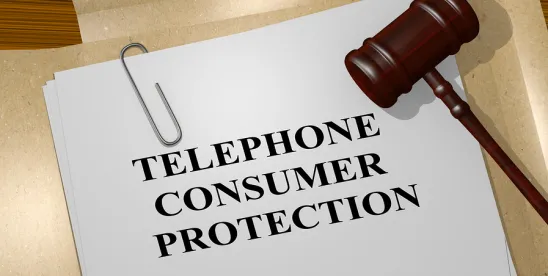Imagine that you’re trying to call a customer–or friend–and your number comes up noted as a “spam” or as a “risk” number on the customer or friend’s caller ID. Or, worse yet, imagine that your call does not go through at all and is simply blocked by the telephone carrier without your even knowing about it.
This story repeats itself a thousand times a day all across the county as well-meaning businesses attempt to reach their customers and are ensnared in underdeveloped robocall blocking efforts. Consumers too are being duped by inaccurate robocall labels and errant call blocking, resulting in real life harms and inconvenience.
In the good old days (before 2015) this could never happen. Phone carriers were required to faithfully connect all calls placed over their networks–hence they were called “common carriers”–and could not give calls preferential treatment on the basis of content. All calls had to connect. But following the FCC’s 2015 TCPA Omnibus ruling and subsequent Robocall Taskforce efforts, carriers and analytic engines are tracking, labeling, and sometimes blocking calls without the caller even knowing it is happening.
To be sure, steps need to be taken to prevent true scam robocalls. But–as visionary entrepreneur Rebekah Johnson explains to the Ramble podcast this week– the technology and processes used to identify and block unwanted illegal “robocalls” are only in their nascent phases of development and are ensnaring countless calls by legitimate businesses. Rebekah urges advancements in robocall detection techniques to assure that the baby is never thrown out with the bathwater and explains how she can help businesses that are caught in this trap.
Listen to this week’s Ramble podcast to learn:
-What is Numeracle and how does it help businesses to learn about which of its calls are being labeled and blocked?
-What’s a “analytics engine” and how do they wield so much power in determining which calls get answered by consumers?
-Who sets the standard–and are there any–for when a phone number can be labeled as “spam” or “high risk”?
-Who decides what calls get blocked and how do those determinations get made?
-What can a business do to learn about whether or not its calls are being misidentified as scam calls or being blocked by a carrier without notice?
-How does misidentification of calls as robocalls ultimately hurt consumers?
Its a great interview by the Czarina that you won’t want to miss.
Before you get to the interview though, you’ll be treated to the team’s review of Pinkus and TrueBlue, as well as thoughts on the week’s other big TCPA developments. Enjoy!



 />i
/>i


